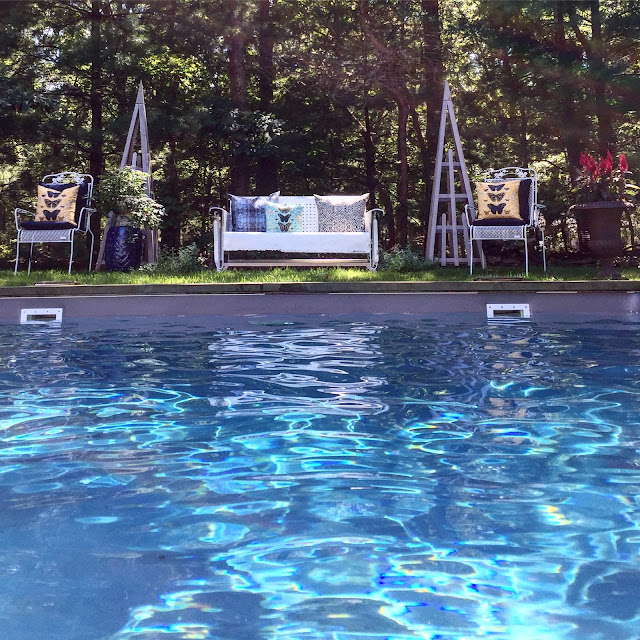WHY IN DESIGN: Swooning Over Herringbone Designs on Wood Floor
THE HOW AND WHY OF HERRINGBONE DESIGN
and our love of it on wood flooring...
When I first moved to New York City many moons ago, I swooned over all the beautiful parquet wood flooring in many of the apartments I visited during our search for a new home. Again, while visiting Paris, the same gorgeous floors. This got me thinking about this unique, herringbone design I kept seeing in mostly historic places. Let's discover a bit of the history and interest of the Herringbone design...
WHAT IS HERRINGBONE DESIGN?The Herringbone design on parquet wood floor patterning is a beautiful, rich and popular design. It is made from rectangular blocks of hardwood which is laid in a pattern. The design itself it complicated and unlike a similar design, the Chevron (which is a more simpler V-shaped pattern). In herringbone, each of the sides of the design pushes against the others at an angle and allows for expansion and contraction so that under weight or traffic, it a strong design. The design and name itself is believed to have been inspired by the design of the skeleton of the herring fish.
THE HISTORY OF THE DESIGN... Many believe the first herringbone patterning was used in ancient Egypt first on textiles. On flooring, it has been noted the first herringbone flooring was used by the ancient Romans during the Middle Ages, the Romans paved their roads with the design because they believed it was strong and durable, and made for a perfect installation for hardwood floors. The Romans called it "Opus spicatum" or “spiked work” but after the fall of the Roman Empire, this design was lost for awhile. Not until the Renaissance in Europe, did the revival of this pattern appear again in architecture and wood flooring. The French refer to the design as batons rompus, which means broken sticks. Soon parquet flooring in herringbone designs were used in villas, castles and home of the wealthy European elite. The Palace of Versailles showcased beautiful herringbone wood floors. In the early and mid 19th century, the Parisians frequently used this design on parquet wood flooring in many of the homes and apartments, which explains why I see so many gorgeous historic Parisian apartments with this design.
So, let's not even suggest this design is trendy or in style because it is a popular classic design for certain, forever in favor for both its beauty and genius design.
Happy Nesting












